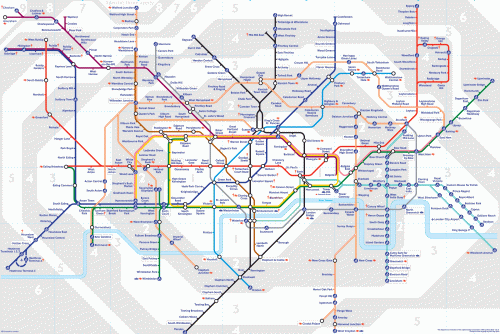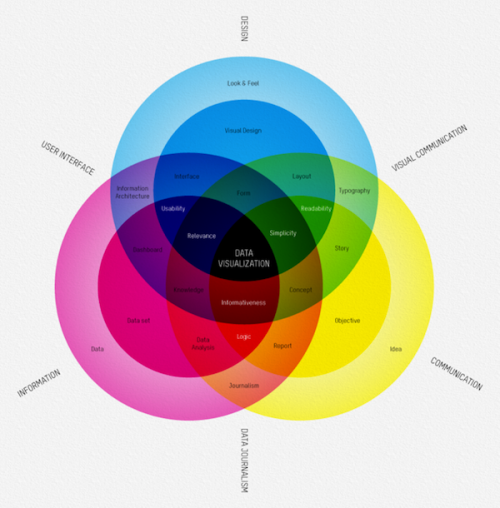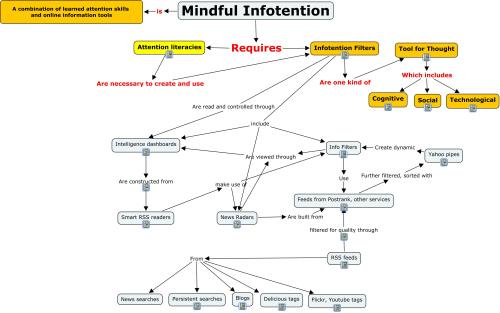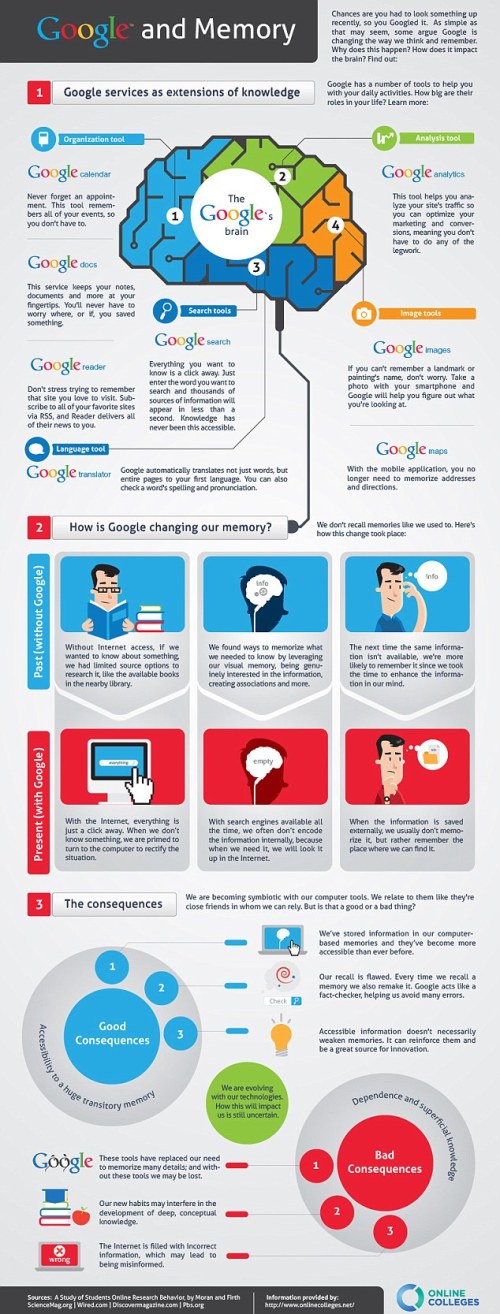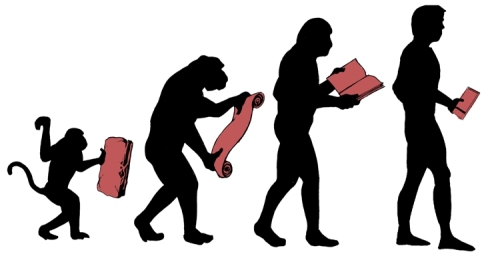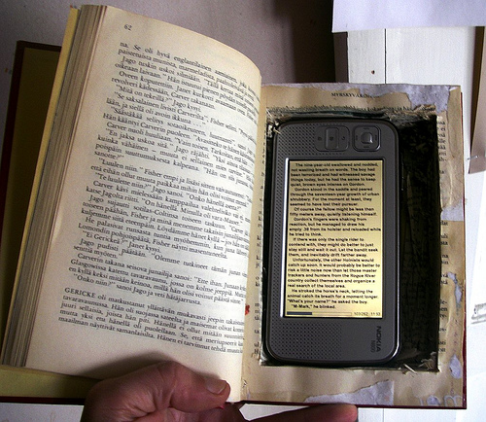Add, Consume and Redirect
In today’s highly digitised society, we are inundated by masses of information which can easily be accessed at the tip of our fingers with the Internet. This is also known as a world of flow, whereby we live in a world where information is everywhere (Guilhard 2010). Sociologist Danah Boyd, states that this concept of the world of flow “suggests that you’re living in the stream: adding to it, consuming it, redirecting it.” This means that we are no longer just passive consumers of media, taking in the information fed to us via print and broadcast media. Today, we can actively engage with the media content, the online landscape enables us to leave feedback in the form of comments. Additionally, the emergence of new media platforms such as YouTube allow us to not only watch videos, but also provides an environment for us to create and share our own videos with the rest of the world.
In her presentation, Boyd specifically draws our attention to social networking site, Twitter- “Those who are most enamoured with services like Twitter take passionately about feeling as tough they are living and breathing with the world around them, peripherally aware and in tune, adding content to the stream and grabbing from it when it is appropriate…”(Guilhard 2010)- exemplifying how a media platform, in this instance Twitter, allows users to add content in the form of ‘tweets’, consume content via their Twitter feed, and redirect content by ‘re-tweeting’.
References
Guilhard, H. (2010), ‘What is Implied by Living in a World of Flow?’, Truthout, <http://www.truthout.org/what-implied-living-a-world-flow56203>.
